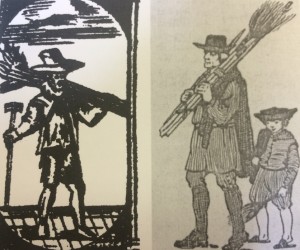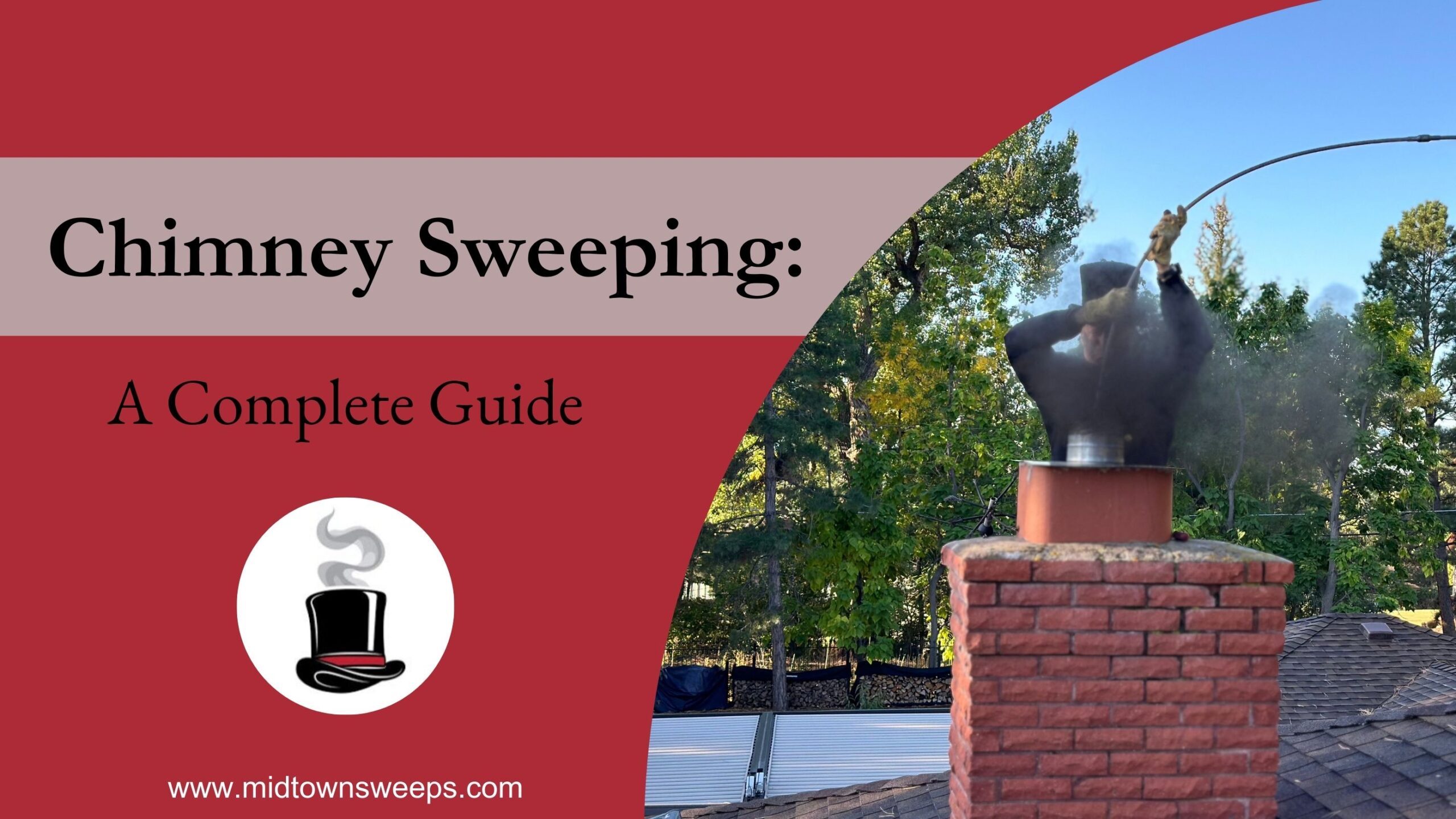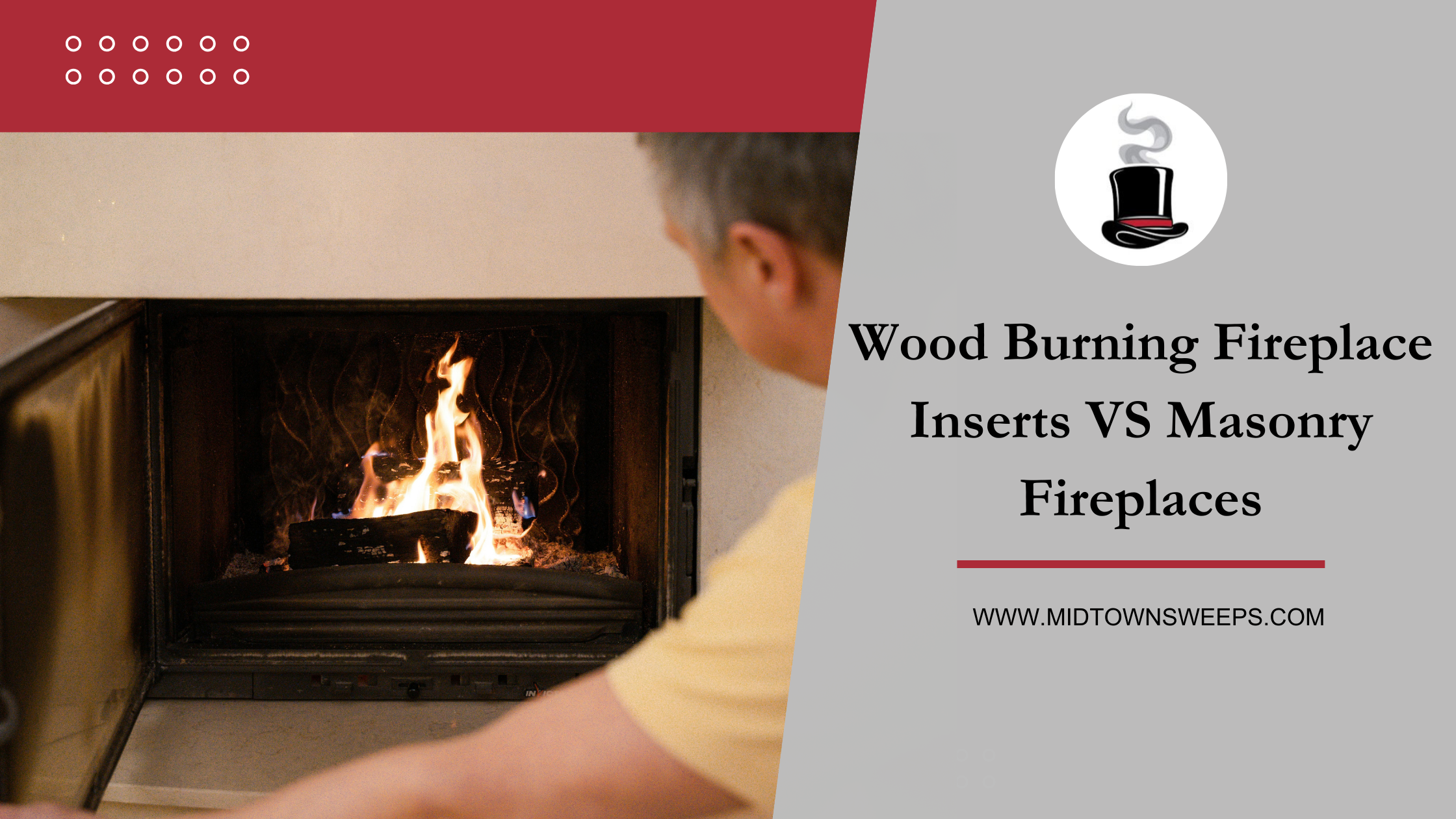The chimney sweeping trade began with a societal need! If you are already a sweep you might already know some of these historical tidbits, but I thought it would be a fun post for others to learn about the history of the trade.
Early Chimney Sweeps!
Smoke from a well-lit fire travels up a hot flue until it reaches an outlet. However when a fire begins to die down, the flue cools and the cold air rushes in. Smoke fumes thicken and congeal forming soot. Before the extensive use of coal there were many ways of sweeping a chimney. The methods varied because chimneys varied and because of the assorted fuel that was burned the soot differed.
Wide chimneys that were short and straight could be cleaned of soot by standing in the fireplace with a long handled broom. The broom was made of birch twigs that were tied together with leather. This broom was inserted up the chimney and was an easy task for a house servant.
With longer flues, a bundle of rushes on the end of a pliable pole was pushed up from the firebox, and then again, down from the chimney-top. A country method for tall narrow chimneys was to place a bundle of straw to a piece of driftwood inside the chimney and then raise and lower it by means of a rope. Depending on the flue’s width, a small holly bush, or even a fir tree was adequate with a similar top-to-bottom technique. Some even used a long pole to dislodge lumps of tar!
Another approach involved the use of geese and ducks. (We really have come a long way…) The bird would be dropped down the flue from the roof and then pulled back up again by a rope tied to it’s neck. The powerful wings would fight against the walls of the chimney and scrape the soot. They said, “The blacker the bird, the cleaner the chimney!” This method is not currently being used by any of our Qualified Chimney Professionals. Ahem.
Back in that time the chimney walls also had to be scraped. This was because the wood they burned was green and would cause the water in the material to mix with the soot and create a tar like substance. In districts with stone cottages, chimneys were deliberately lit on fire to burn off the residue. They would do this by putting straw in the fireplace and use a shot-gun as a lighting method- and during this time chimneys were constructed to handle this method.
This is when the realization for a trade was created. Servants were more willing to give the work to ‘Chimney Swepers’ or ‘Costerde Mongers’ who were usually roaming around the country side looking for work.
Have you ever been interested in joining this historical and important trade?
Please CLICK HERE!












